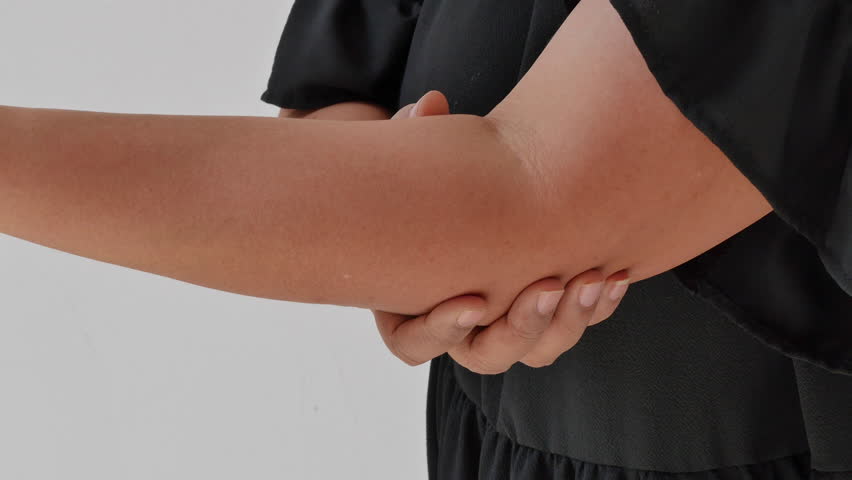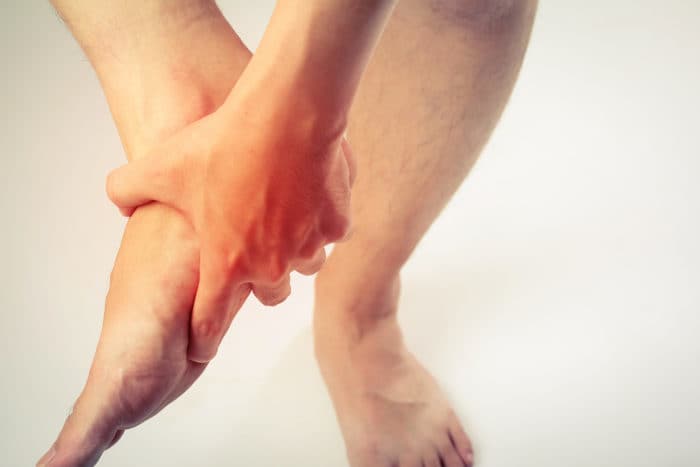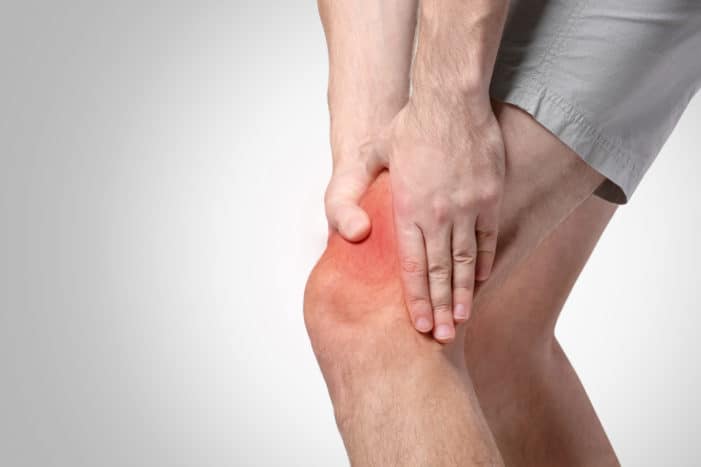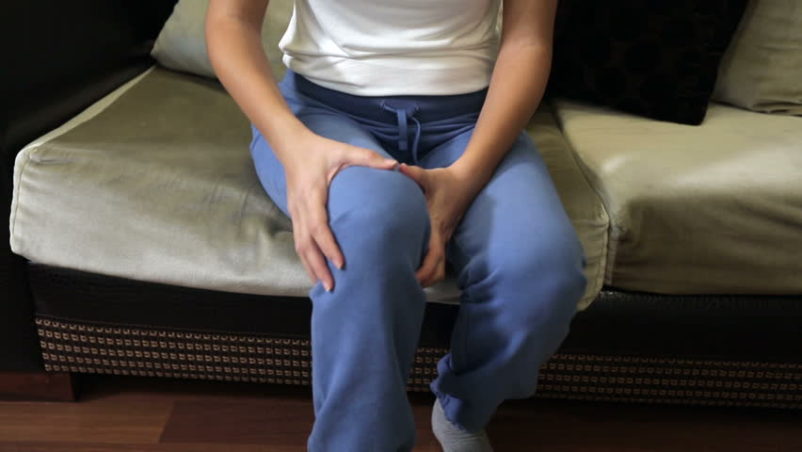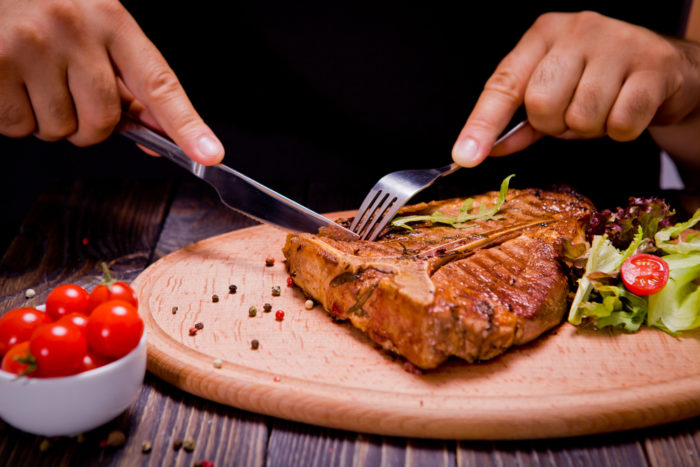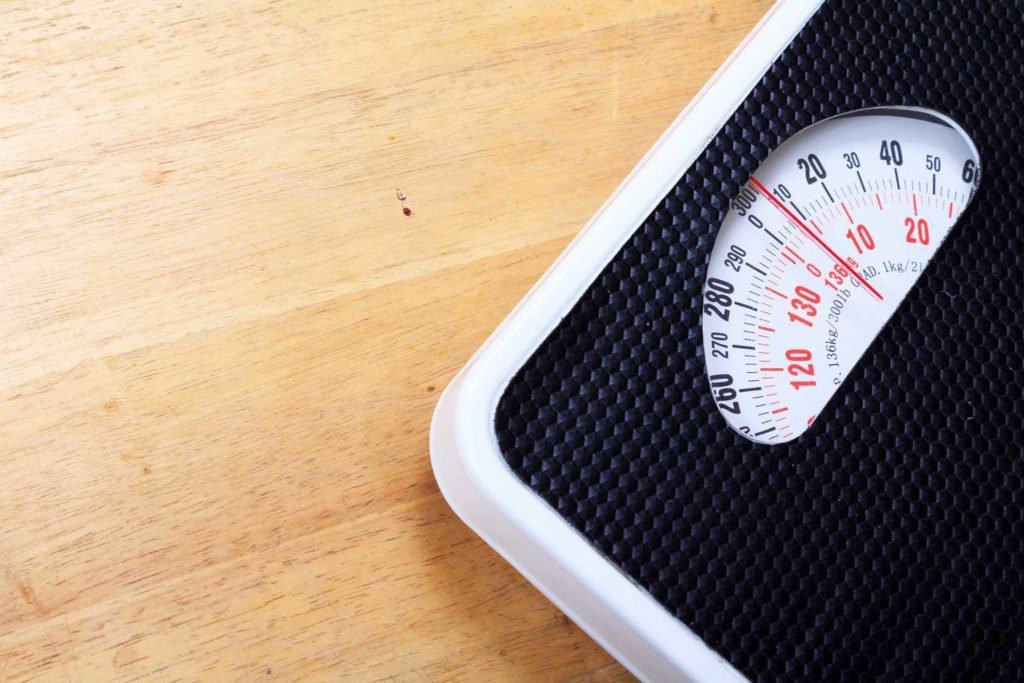Contents:
- Medical Video: Gout
- What is gout?
- Stages of gout
- Signs and symptoms of gout are common
- The various causes of gout you need to know
- 1. Food and drinks
- 2. Taking certain drugs
- 3. Having certain medical conditions
- Who is at risk for gout?
- What are the complications of gout?
- How is gout diagnosed?
- Various gout medications are prescribed by a doctor
- Choice of alternative gout drugs
- 1. Celery juice and celery seed extract supplements
- 2. Cherry juice
- 3. Fish oil and magnesium supplements
- Changing your lifestyle is the key to healthy life for gout sufferers
Medical Video: Gout
Have you felt pain in your ankles or hands? The causes are very diverse, one of which is gout. Usually this condition occurs when the levels of purine in the body become very high so that the body reacts by causing pain in certain parts of the body. If you often have gout on your feet or other body parts, consider studying the causes of gout and the following ways to treat them.
What is gout?
Gout is a form of arthritis (inflammation of the joints) known to the public as gout. This condition is very painful because there are too many levels of purine in the body. Purines are proteins that are produced in the body and are also contained in many foods. The more foods that contain purines, the more the body produces gout or uric acid.
Now, this high level of purine will flow in the blood and eventually turn uric acid into crystals. The longer, crystals will accumulate around the joints and other soft tissues of the body. As a result, joints and muscles will feel rheumatic and painful. This is the process of gout on your body.
However, don't worry, this condition can disappear within a day or two. Excess purines will be cleansed from the blood by the kidneys and removed from the body along with urine. However, uric acid levels can also continue to accumulate in the body, when the kidneys throw too little acid or if the body continues to produce it in large quantities.
This disease is common, especially in adults aged around 40 to 50 years. However, people aged around 20 years or more can also report this condition.
Stages of gout
There are four stages of gout that you need to know, namely:
- Asymptomatic hyperuricemia. This condition indicates too much uric acid in the blood. However, this condition does not cause any symptoms of gout.
- Acute gout. This condition indicates asymptomatic hyperuricemia that is not treated so that it will form crystals that accumulate in the joints. You may experience pain symptoms for 3 to 10 days.
- Gout interval. This condition is also called chronic uric acid, where the pain will occur suddenly. You will feel healthy, but later the pain suddenly appears.
- Chronic tophaceous gout. This condition occurs due to untreated gout, which takes approximately 10 years to develop. At this stage, not only does the pain, the nodules also form, the nodules are swollen with redness of the skin and other soft tissues that can cause permanent damage to the joints.
Signs and symptoms of gout are common
Just like other diseases, not everyone will feel the same symptoms of gout. However, the common symptoms of gout often include:
- Sudden joint pain
- Swelling of the joint (joint effusion)
- Difficulties in carrying out activities due to limited movement
- Areas that are painful and swollen will feel hot
- Redness of the skin around the joint
- Nodules appear (severe swelling that flushes on the skin)
Usually the symptoms of gout only affect one joint, for example gout on the foot. The more severe pain indicates that inflammation in the joints is also getting worse.
The area that most often experiences the feeling of joints is the big toe and is known as podagra (inflammation of the base of the toe). Many people feel uric acid in the legs or hands, but this condition can actually occur in almost all the joints in the body.
The various causes of gout you need to know
1. Food and drinks
The most common cause of gout comes from food or drink. Because a lot of foods or drinks that contain high purine so that production uric acid there will be more to balance the two substances. The following are various foods that can cause gout:
Alcohol
People who often drink alcohol have a higher risk of gout. That is why, doctors will prohibit you from drinking alcohol if you have this condition. Alcohol not only triggers more uric acid production, but also makes the kidneys have to work extra hard to get rid of the acid.
Soft drink
Drinking soft drinks is indeed very refreshing. However, make no mistake, drinking too much of this drink can be a cause of gout. Soft drinks tend to contain extra sugar which can trigger more uric acid production. If it continues to occur, uric acid can accumulate, crystallize, and cause inflammation in the joints.
Certain green vegetables
Eating vegetables is healthy. Unfortunately, for people with gout, some vegetables can be the cause of relapse. For that, they need to avoid certain vegetables.
Vegetables such as cauliflower, spinach, and mushrooms have higher purine content than other vegetables. Even though the risk is not comparable to red meat, you still have to pay attention to how much you eat these vegetables.
Animal meat and seafood
Compared to vegetables, the most complete protein is found in meat. Be it white meat, like chicken or fish, or red meat, like beef. However, the fact is that consuming too much meat can cause various diseases, one of which is the cause of gout.
Simply consume a maximum of 6 ounces of meat per day, with a limit of 3 ounces per meal. In addition, seafood such as shellfish, crabs, shrimp, and lobster also contain high purines. If consumed carelessly, the risk of gout becomes greater.
2. Taking certain drugs
Taking long-term diuretic drugs has been linked to an increased risk of gout. Why? This type of drug can make you urinate more often.
This condition can reduce the amount of fluid in the body. However, the remaining liquid is likely to precipitate, crystallize, and eventually cause gout later on.
3. Having certain medical conditions
Naturally, the kidneys will indeed balance the levels of purines in the body. However, the process can run slowly in people with several medical conditions, such as:
- Obesity (overweight)
- Hypothyroidism (underactive thyroid gland)
- Psoriasis
- Renal insufficiency (inability of the kidneys to filter residual substances)
Who is at risk for gout?
Gout can happen to anyone. However, the risk of developing this disease is much greater in people with conditions such as the following:
- 40 to 50 years old
- Men tend to be more likely to get this disease than women
- Postmenopausal women have a higher risk
- Have family members who have a history of this disease
- Having an unhealthy lifestyle; overweight, often drinking alcohol, or like fatty foods
- Using certain drugs
- Having health problems that cause purine levels tend to be high
- Have experienced an injury or surgery in the joint
What are the complications of gout?
In addition to pain that makes it difficult for you to move, gout also causes complications, such as:
- Gout continues to recur. Some people may have experienced this condition and recover without recurrence. Especially if they adopt a healthy lifestyle and stay away from abstinence. However, there are also gout that relapse and the symptoms get worse.
- Chronic gout.Underestimating symptoms and breaking taboos can make gout worse. In fact, it causes nodules that will gradually damage the joints.
- Kidney stones.Crystallized acids not only inflammation of the joints but can accumulate in the urinary tract and cause kidney stones. This condition can cause symptoms of back pain, blood in the urine, and nausea and vomiting.
How is gout diagnosed?
To get a proper diagnosis of gout, the doctor will recommend patients to take several health tests, such as:
- Fluid test in the joint. Examination of joint fluid will be carried out using a small needle. The liquid is then examined more deeply for uric acid levels.
- Blood test performed to measure levels of uric acid and creatinine in the blood.
- Imaging X-ray examine deeper into the joint and get rid of other causes of inflammation in the joints.
- Dual energy CT scanto find out and detect the presence of crystallized acids and cause gout. Sophisticated, this tool can detect crystals that do not even cause joint inflammation.
Various gout medications are prescribed by a doctor
In order for the condition not to worsen and not cause complications, gout must be truly treated. Gout medication can reduce the severity of symptoms, prevent symptoms of relapse, and erode the crystallized acid which is the cause of gout.
The following gout medications are usually used to reduce the severity of symptoms, including:
1. Nonsteroidal anti-inflammatory drugs (NSAIDs)
Nonsteroidal anti-inflammatory drugs (NSAIDs) such as ibuprofen (Advil, Motrin IB, others) and naproxen sodium (Aleve), as well as prescribing stronger NSAIDs such as indomethacin (Indocin) or celecoxib (Celebrex).
This gout medication may continue to increase in dose if the condition continues to get worse every time you relapse. Side effects of using this drug are stomach pain and bleeding in the digestive system.
2. Colchicine
Your doctor can recommend colchicine (Colcrys, Mitigare), a type of pain reliever that is effective in reducing pain. The dose of the drug is adjusted for the severity of the symptoms.
Eside effects of using this drug are nausea, vomiting and diarrhea, especially if used in large doses. For a mild attack of gout, doctors will prescribe colchicine in low doses to prevent the attack from happening again.
3. Corticosteroids
Corticosteroid type gout drugs will be used if drugs such as colchicine or NSAIDs are not effective in relieving symptoms. Side effects of using this drug are blood sugar levels and blood pressure can increase and the mood becomes ceasedyou change.
4. Medicines to block production uric acid
Drugs that can inhibit the body from producing gout are xanthine oxidase inhibitors (XOIs), including allopurinol (Aloprim, Lopurin, Zyloprim) and febuxostat (Uloric).
This drug can reduce uric acid levels in your blood and reduce the risk of gout. While the side effects are rashes on the skin, nausea, reduced blood count, and decreased liver function.
5. Drugs to destroy gout
Drugs that can destroy uric acid are uricosurics, including probenecid (Probalan) and lesinurad (Zurampic). This drug increases the ability of your kidneys to expel uric acid from the body so that can reduce uric acid levels. Side effects include rashes, abdominal pain, and the risk of kidney stones.
Choice of alternative gout drugs
In addition to gout medications prescribed by doctors, some alternative drugs also have the potential to improve the health of people with gout. However, consult your doctor first to avoid side effects, contraindications, and allergies. Some alternative gout medications include:
1. Celery juice and celery seed extract supplements
Celery is rich in antioxidants complete with phenolic acids and quecetin which can protect the body from inflammation, including the joints. In addition, celery seeds also have the potential to reduce uric acid buildup. You can get the benefits of celery made with juice or take supplements of celery extract.
2. Cherry juice
Not much different from celery, cherries also have the same benefits on the health of the body, which protects the body from inflammation. The use of the allopurinol drug in addition to cherry juice can reduce the risk of gout by 75 percent.
3. Fish oil and magnesium supplements
Fish oil contains omega 3 fatty acids which are very important to prevent inflammation and improve brain health. Meanwhile, magnesium can slow down the production of uric acid in the body. Both protect the body from inflammation and maintain uric acid levels in your body.
Changing your lifestyle is the key to healthy life for gout sufferers
Although drugs are the most effective way to cure various diseases, if the lifestyle remains bad, it certainly can cause symptoms to continue to recur. Therefore, so that gout sufferers can live healthy, changing lifestyles is the key.
The following are steps to help you get a better quality of life:
- Limit alcoholic beverages and high-sugar foods. You know, alcohol and high-sugar foods can be the cause of gout? Well, so that symptoms don't recur, avoiding these two things is very important. Instead, you have to multiply drinking water and eat fresh fruits without added sugar.
- Limit high purine foods. Eating high purine foods is actually okay, as long as it's not too much. If you are worried that gelaja will relapse, you can also choose other healthy alternative foods.
- Regular exercise. Keep your body active with exercise to nourish the body as a whole. In addition, your weight will be more controlled with exercise, so the risk of getting acidic disease in the future can also decrease. The important thing is to choose the sport that suits your condition and make a sports schedule so that you remain disciplined.

